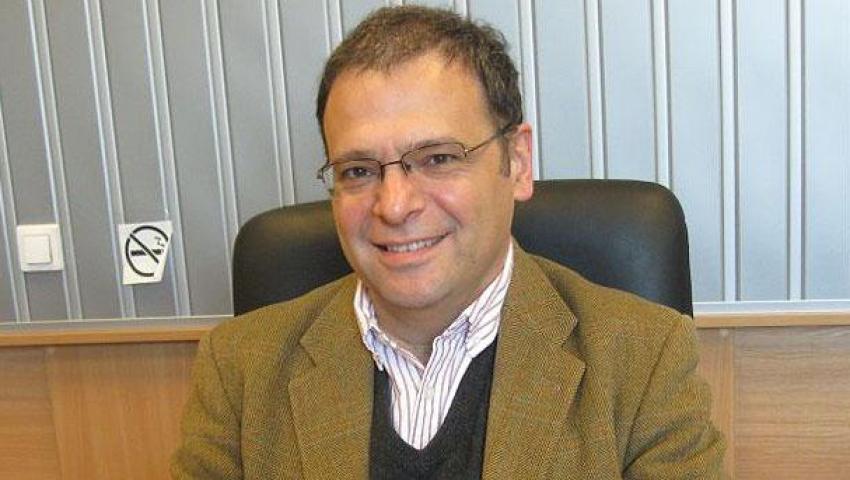The Maritza East complex can be a low-carbon industrial hub
In our country it is realistic to build 10-12 gigawatts, mostly solar, but also wind power, combined with batteries

"Obviously no one dares TPP Maritza East 2 not to continue working without state aid. The problem is very sensitive and affects many people, and there is no alternative." This was explained to BNR by Yulian Popov, senior adviser of the European Climate Foundation and former caretaker minister on the occasion of the decision of the Minister of Energy Andrey Zhivkov TPP "Maritsa East 2" to supply 1 million megawatt hours of electricity to the regulated market by June 30, 2022.
"Every politician says year after year, we are looking for a solution, we are working, there is a solution, but no one wants to tell the truth to the people -" This whole coal story is over, and we don't know what to do," Popov said. The electricity will be installed on July 1, and nothing radical in the short term is decided for the plant, because with such a decision to operate at minimum capacity, it will operate at minimum capacity anyway. For the last year and a half, it has been working with a capacity of 15 percent, so what is changing?" The expert asks.
"Such a solution can give a breath of fresh air to the elections, but it is a solution. It is necessary to look for a comprehensive approach to the entire Maritsa East region, coal energy and the potential of this region, which is huge," the expert explained.
According to him, the actions so far are maintaining an artificial coma.
According to Yulian Popov, Bulgaria is the only country where it is believed that the energy system cannot take a high share of renewable energy sources: "Bulgaria is already part of the integrated European electricity market and every decision must be within this framework. The region has valuable assets for energy transition - a huge plot of land consolidated land, the strongest power hub in Southeast Europe, skilled labor, high solar and probably wind potential, very good geographical position. These assets put Maritza East in a great position to develop a low carbon industrial hub, Popov added.
"It is realistic to build 10-12 gigawatts of mostly solar, but also wind power, combined with batteries and electrolyzers for green hydrogen and thus create an energy-industrial hydrogen hub. This is done in a number of similar regions in Western Europe, and in If such a strategy is not implemented, the Stara Zagora region will perish as a potentially prosperous region, and new energy will be built, but with this approach, instead of concentrating in Maritsa East, it will be built everywhere, but not and in Maritsa East, "said Yulian Popov.
